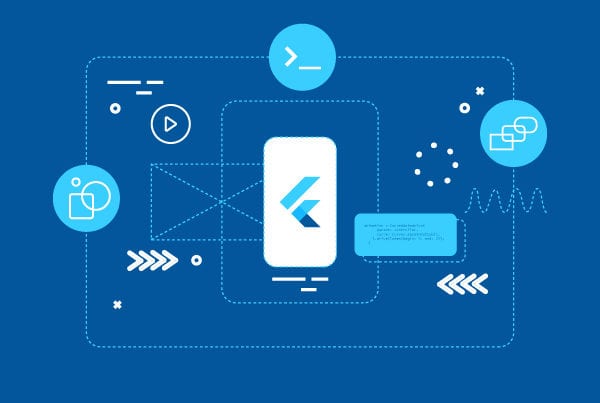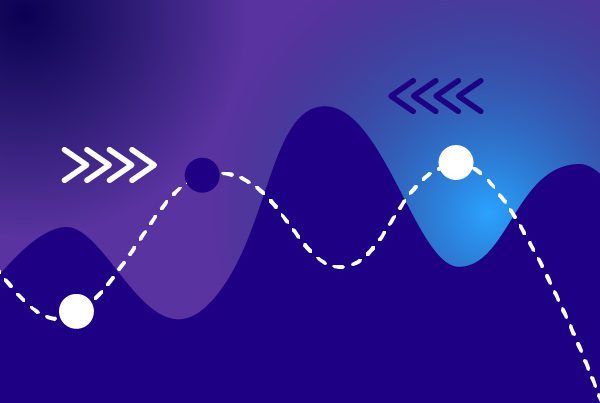Push notifications
By now, we are all pretty used to getting push notifications from apps on our mobile phones. We might even decide to keep or stop using an app based on how we feel about them. In fact, push notifications are one of the top mobile marketing strategies so, even if you are familiar with them, you might want to learn about them in more detail. What are push notifications? Why are they relevant? And, most importantly, how can you make sure yours are relevant? These are the questions we’ll be answering in this article.
What are push notifications?![]()
The concept behind push notifications is quite simple: they are messages sent to a user’s mobile device from an app they’ve downloaded. Their purpose is to add value and keep the user interested in the mobile app.
Messages in push notifications are usually short as they have a restricted character limit (as opposed to, for example, text messages). In fact, the shorter they are, the better their click-through rates. Moreover, if a user clicks on a push notifications, they’ll be redirected directly to the mobile app that sent the message, which makes them a quite convenient marketing strategy.
What are their benefits?![]()

Now that we have an idea of what push notifications are about, let’s take a look at why you should use them for your mobile app.
- Users are free to opt-in or out from receiving PNs. This gives the user control over them, making it less likely from them to uninstall your mobile app just because they dislike PNs or find them distracting. This option makes it a win-win as only those users interested in your PNs will receive them.
- You can send push notifications based on the user’s location, making them quite flexible. This means you can adapt your marketing strategy to each market or region, increasing your chances of success.
- Push notifications can help you improve user experience, making them more than just a marketing strategy. Although the two may be inextricably linked, there is a difference between sending a message that just promotes a new feature and one that presents the user with a benefit. At the end of the day, it’s all about how you phrase it.
- They help increase conversion rates and monetization. PNs are a call-to-action and aim to trigger an immediate action from the user. When done well, they can help you encourage users to engage with your app, thereby increasing your conversion rates and driving monetization from your app.
- Push notifications increase user engagement and retention. As we’ve mentioned, these notifications are a call-to-action and, in the same way they can help with conversions, they are a great tool to boost engagement and retention. A big part of this is not overdoing it as users that receive too many PNs are likely to opt-out of them or stop using your app altogether.
What makes a great push notification?![]()
Knowing the importance of push notifications is not enough. You need to put in the hours for your marketing strategy and know what makes them successful. Otherwise, they might backfire.
- Know your audience. Just like when developing your mobile app, you should know who your target audience is and, as a result, figure out what type of message to send and when. This will help you create the best possible message for that audience and make sure it resonates with them.
- Personalize your messages. Personalized content is more likely to have an impact than generic content. Take advantage of any information you may have about your users and use it to write a push notification that best adapts to their profile. This also relates to user segmentation; there are many ways to split users (such as by location, demographics or type of device) that can help you create a more personalized strategy. A personalized message is more likely to be opened by the user and, therefore, more likely to increase retention and engagement.
- Keep different devices in mind. There are many reasons why knowing a user’s mobile device is relevant. In this case, it’s important to know that an Android user is more likely to click on a push notification than an iOS one, but that iOS users actually open the messages seven times faster. It is also important to understand how that affects your strategy.
- Take advantage of analytics. Analytics should be the driving force of any marketing strategy. You should study the impact of your push notifications on your most relevant metrics and adjust accordingly. Analytics will help you improve your strategy when you miss the mark. You can test different types of messages and the time at which you send them until you figure out what works best.
- Find the right balance. As we’ve mentioned, a big part of successful push notifications is not overdoing it. You should find the right balance and make sure you don’t distract or discourage your users by sending too many or too few notifications.
Final thoughts
Push notifications can be a very useful tool to engage your audience and help your mobile app succeed after installation. However, it will take time and effort to find the right balance and make sure they are not doing more harm than good. Hopefully, this article will help you find that delicate balance.






